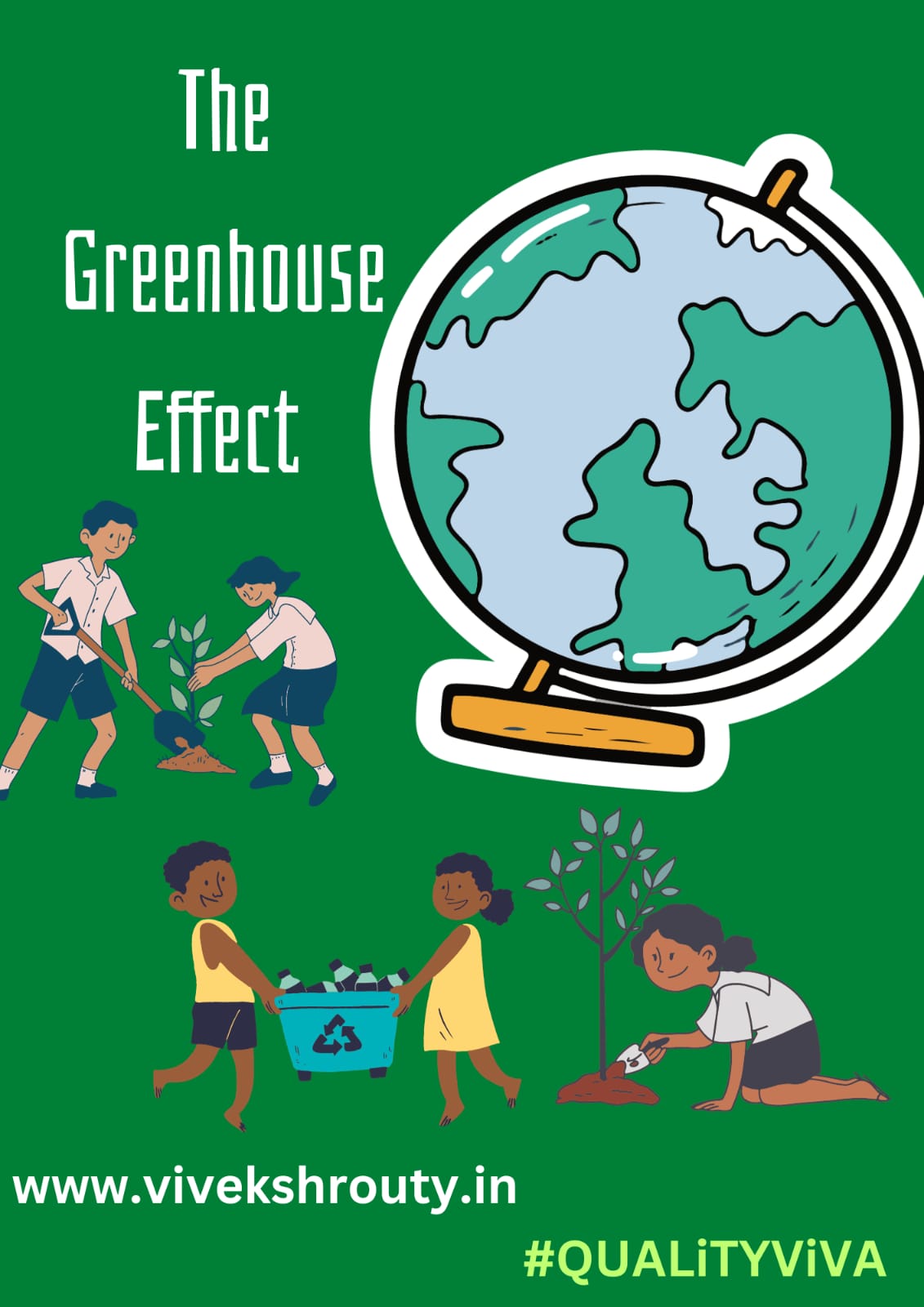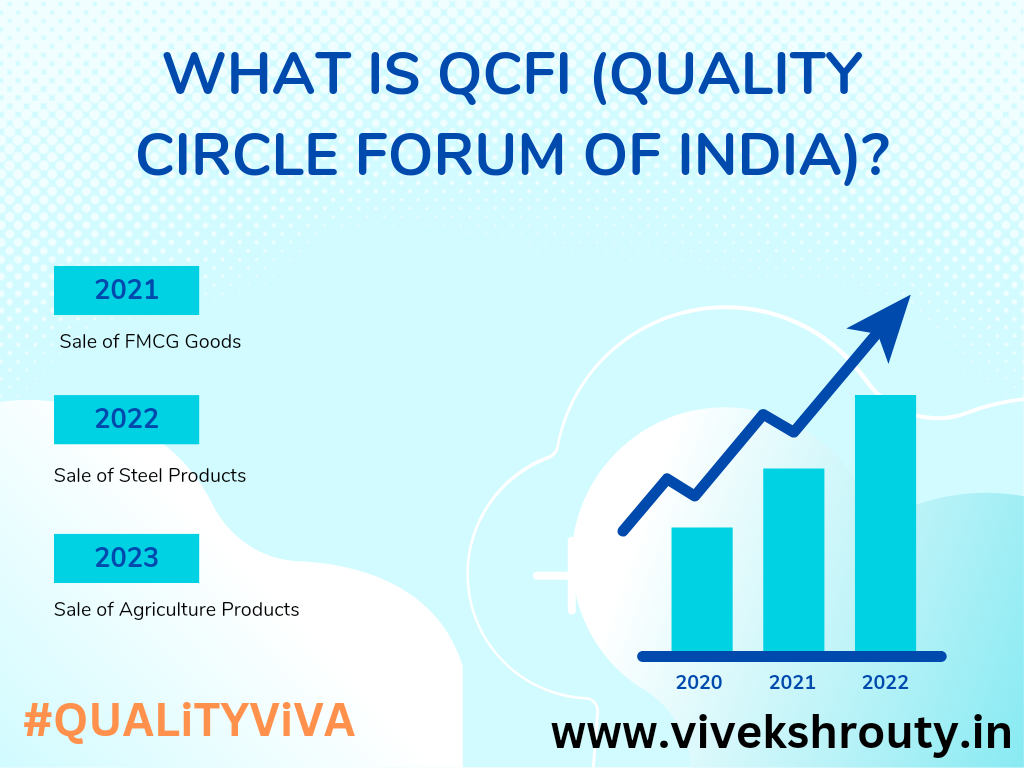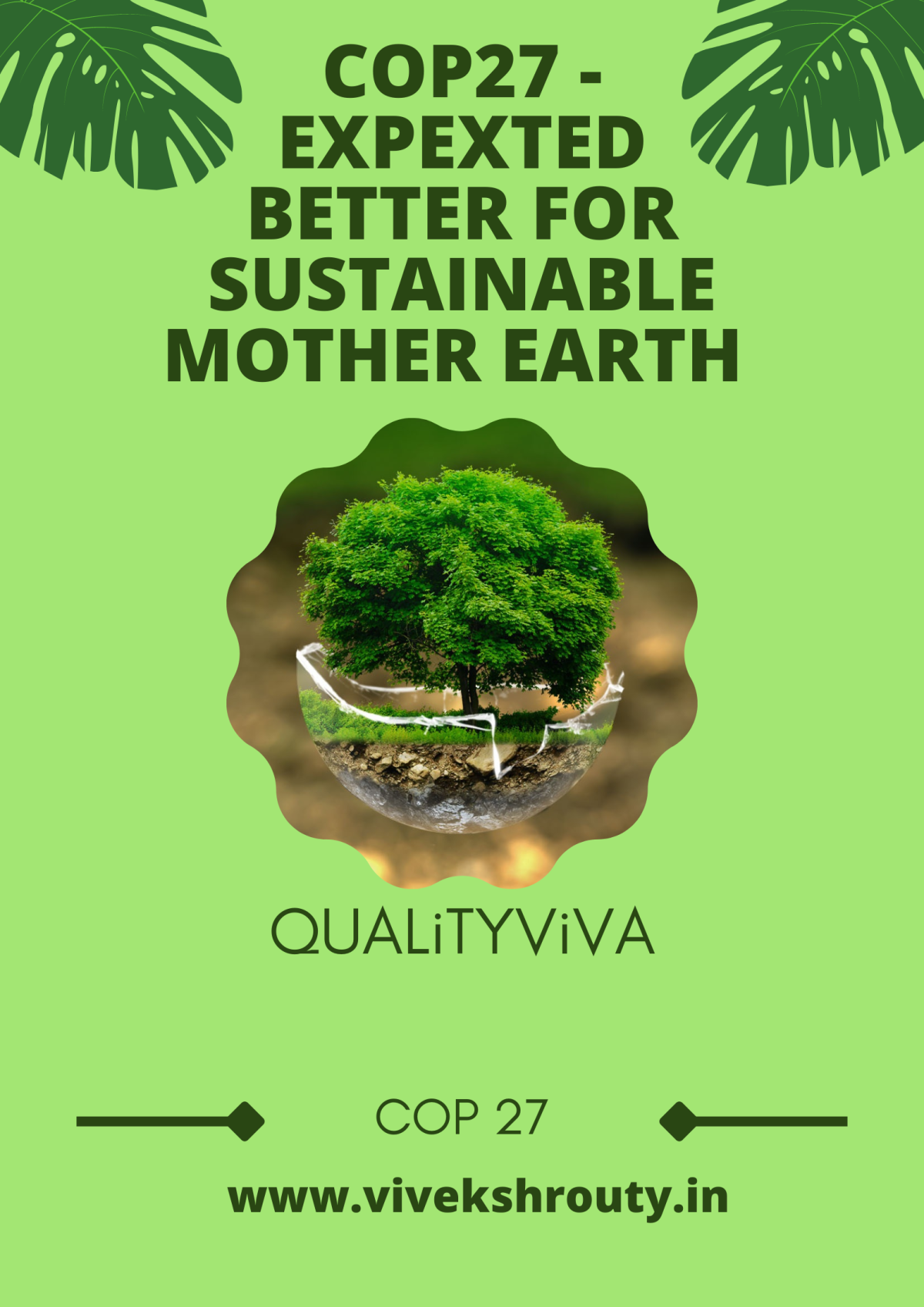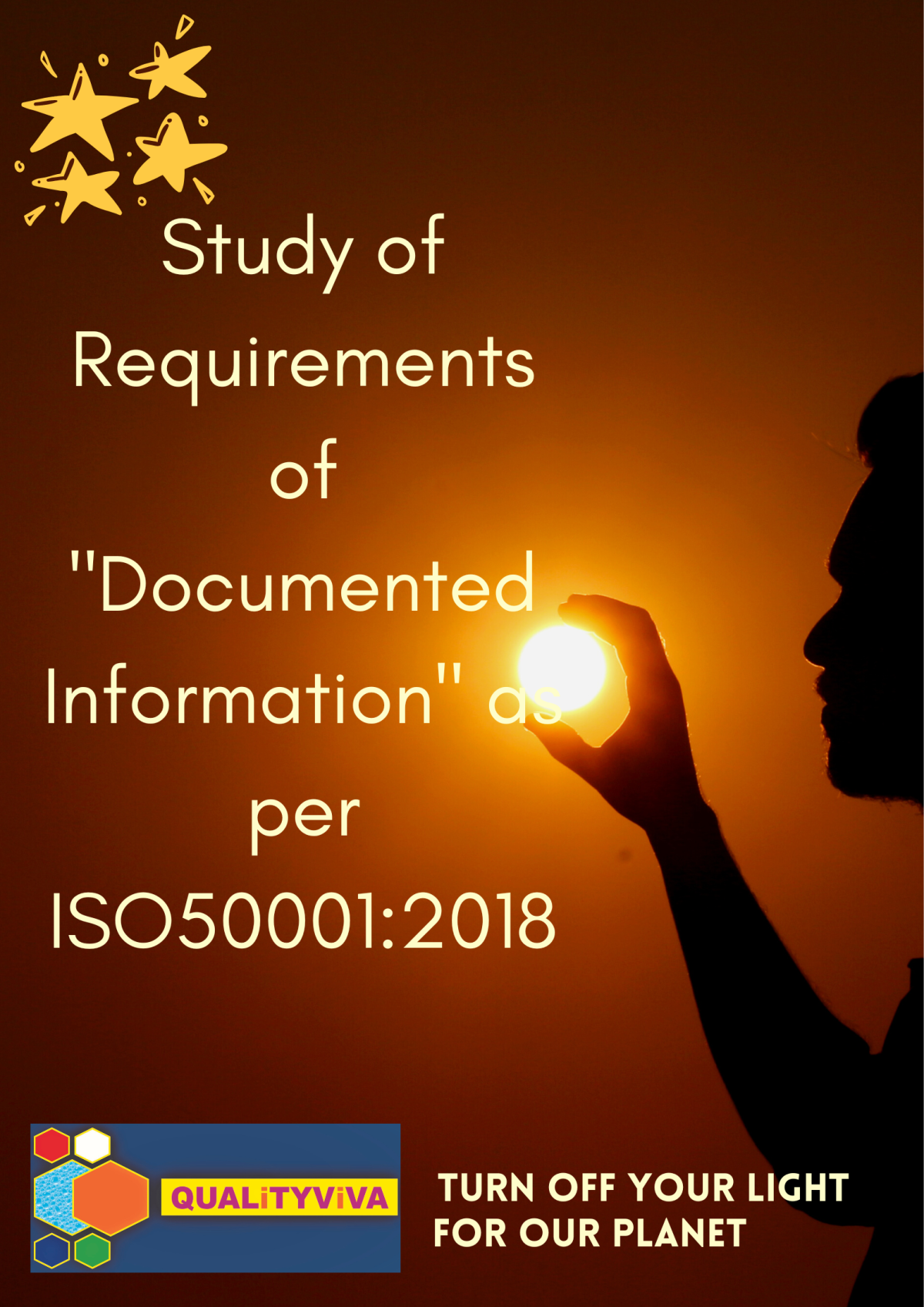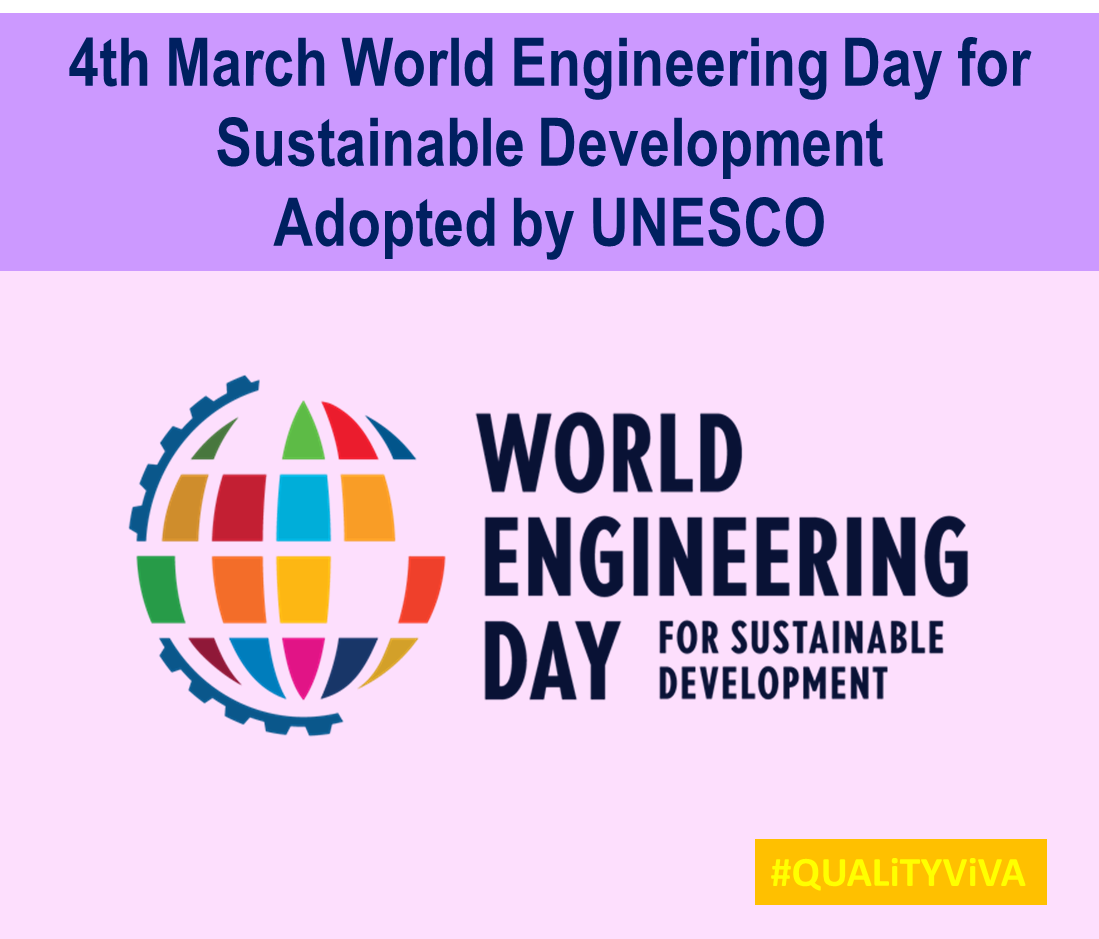ISO standardized the standards in eight clauses as per ANNEX SL, High Level Structure and is applicable for ISO 9001, ISO 14001, and ISO 45001 and so in ISO 50001:2018.This help the organization to integrate two or more ISO standards as a part of Integrated Management System.
With this changed “Documented Procedure” and “Record” both concept has been replaced by text “Documented Information” throughout all the standards and standards use the terms “Retain Documented Information” and “Maintain Documented Information”.
Retain Documented Information:
It simply means RECORDS, where evidence is of prime importance, such as dimension report.
Maintain Documented Information:
Means other than record which is required to keep up to date, example are Policies, Objectives, and SOP.
So it will be interesting to list out and learn about the documented information, clause wise with categorization in Maintain and Retain Documented Information.
- Clause 4.3 Determining the scope of the energy management system
Maintain- The EnMS scope and boundaries shall be maintained as documented information.
Retain- Not Applicable
- Clause 5.2 Energy policy
Maintain- The energy policy shall be available as documented information.
Retain- Not Applicable
- Clause 6.2 (6.2.2) Objectives, energy targets and planning to achieve them
Maintain- Not Applicable (It is advisable to make procedure on how objective and targets shall be)
Retain- The organization shall retain documented information on objectives and energy targets.
- Clause 6.2 (6.2.3) Objectives, energy targets and planning to achieve them
Maintain- Not Applicable (It is advisable to make procedure on how achieve objective and targets)
Retain- The organization shall retain documented information on action plan to achieve objectives and energy targets.
- Clause 6.3 Energy review
Maintain- The organization shall maintain the methods and criteria used to develop the energy review as documented information.
Retain- The organization shall retain documented information on results of energy review.
- Clause 6.4 Energy performance indicators
Maintain- The method for determining and updating EnPI(s) shall be maintained as documented information.
Retain- The organization shall retain documented information of EnPI value(s).
- Clause 6.5 Energy baseline
Maintain- Not Applicable
Retain- The organization shall retain information of EnB(s),relevant variable data and modification to EnB(s) as documented information.
- Clause 6.6 Planning for collection of energy data
Maintain- Not Applicable(It is advisable to maintain procedure for energy data collection plan , its frequency)
Retain- (1) The organization shall retain information of EnB(s), relevant variable data and modification to EnB(s) as documented information.
(2) The collected data which include, relevant variable for SEUs, energy consumption and operational criteria related to SEUs, static factor and data specified in action plan shall be retain as documented information.
- Clause 7.2 Competence
Maintain- Not Applicable
Retain- Retain documented information as evidence of competence.
- Clause 7.4 Communication
Maintain- Not Applicable
Retain- The organization shall consider retaining documented information of suggested improvement.
- Clause 8.1 Operation planning and control
Maintain- Documented information on operation planning and control to the extent necessary to have confidence that processes have been carried out as planned.
Retain- Documented information on operation planning and control to the extent necessary to have confidence that processes have been carried out as planned.
- Clause 8.2 Design
Maintain- Not Applicable
Retain- The organization shall retain documented information of design activities related to energy performance.
- Clause 9.1(9.1.1) Monitoring ,measurement, analysis and evaluation of energy performance and the EnMS
Maintain- Not Applicable
Retain- (1) The organization shall retain documented information on the results of the investigation and response to significant deviation in energy performance.
(2) The organization shall retain documented information on the results from monitoring and measurement.
- Clause 9.1.2 Evaluation of compliance with legal requirements and other requirements
Maintain- Not Applicable
Retain- The organization shall retain documented information on the results of the evaluation of compliance and any action taken.
- Clause 9.2(9.2.2) Internal audit
Maintain- Not Applicable
Retain- The organization shall retain documented information as evidence of the implementation of the audit programme(s) and audit results.
- Clause 9.3(9.3.4) Management review
Maintain- Not Applicable
Retain- The organization shall retain documented information as evidence of the result of management review.
- Clause 10.1 Nonconformity and corrective action
Maintain- Not Applicable
Retain- The organization shall retain documented information of the nature of the nonconformities and subsequent action taken, secondly the results of any corrective action.
With above all the requirements, clause 7.5 has been dedicated to Documented Information, this is about what is to be included in EnMS, how to create and update the documented information by identification and description like title ,date, reference number ,its format like language , review and approval, secondly on how to control documented information including external origin documents, if any.


